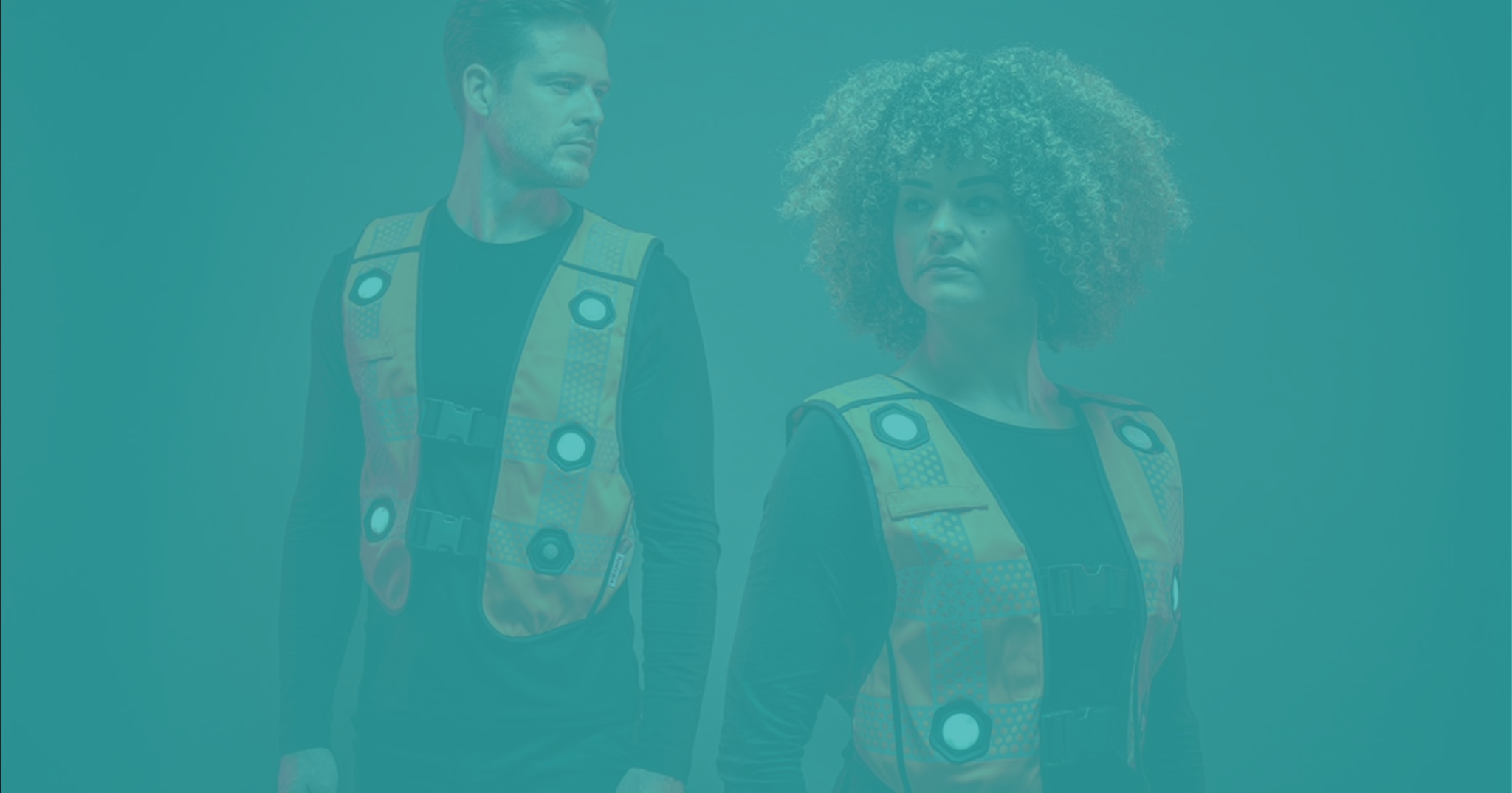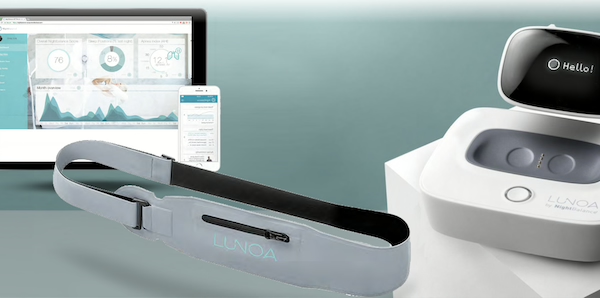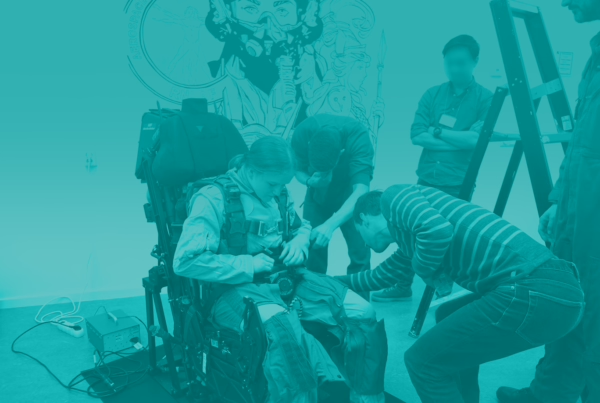
Future trends in wearables are transforming the way we live, work, and stay healthy. From enhancing personal fitness tracking to enabling remote healthcare and streamlining professional workflows, wearable technology is becoming an integral part of our lives. As the demand for smarter, more efficient devices continues to grow, Elitac Wearable is at the forefront of innovation in this dynamic field.
These advancements are not just improving convenience but are also revolutionizing industries such as healthcare, sports, and logistics. Wearables are now capable of monitoring complex health metrics, providing real-time feedback, and integrating seamlessly with smart ecosystems like IoT.
By offering greater connectivity, advanced functionality, and user-centric designs, wearable technology is empowering individuals and businesses to operate more effectively and make data-driven decisions.
As we look to the future, wearables are expected to push boundaries even further with innovations in artificial intelligence, sustainability, and enhanced user personalization. The potential impact of these devices is vast, paving the way for smarter living and a more connected world.
The rise of health and wellness monitoring
One of the most prominent trends in wearable technology is its focus on health and wellness. Devices like fitness trackers for cyclists and smartwatches now go beyond tracking steps and calories. They monitor vital signs such as heart rate, blood oxygen levels and sleep patterns, offering users clear insights into their health.
In the future, wearables are expected to play an even larger role in preventative healthcare. Imagine devices capable of detecting irregular heart rhythms or monitoring chronic conditions like diabetes. These innovations aim to empower users to take control of their health, while providing healthcare professionals with critical data for early interventions.
IoT-integration in smart wearables
The Internet of Things (IoT) is driving unprecedented connectivity in the wearable sector. Future trends in wearables will take care for a smooth integration with smart homes, connected vehicles, and workplace systems. Wearables could act as personal hubs, controlling household devices, adjusting environmental settings, or syncing with other smart devices to streamline daily routines.
For instance, a smartwatch could interact with a home security system, unlocking the door as you approach. Similarly, wearable devices may connect with workplace tools, enabling smoother collaboration and enhancing productivity through real-time data sharing. The possibilities are endless as IoT expands the scope of wearable technology.
AI-driven personalization of wearables
Artificial intelligence (AI) is transforming how wearables adapt to individual users. Future wearables will use machine learning to analyze user behavior and preferences, providing tailored recommendations and adjustments. For example, a fitness tracker might suggest personalized workout plans based on your progress or a smartwatch could adapt its interface to prioritize the apps you use most.
AI also enhances accessibility. Voice recognition, gesture control, and predictive algorithms ensure that wearables are intuitive and user-friendly for people of all ages and abilities. As AI continues to evolve, wearables will become even more dynamic and responsive to the needs of their users.
Wearable data privacy and security
As wearables collect increasing amounts of personal data, privacy and security have become critical concerns. Future trends in wearables will prioritize robust data protection measures, ensuring that sensitive information remains secure. Innovations like encrypted storage, biometric authentication, and decentralized data systems are expected to become standard in wearable technology.
Users are also likely to gain greater control over their data, with transparent policies and customizable sharing options. This focus on privacy not only builds trust but also enables the continued growth and adoption of wearables across various sectors.
Sustainability as a future trend
Sustainability becomes a key consideration in the wearable technology industry. Future trends in wearables will likely emphasize eco-friendly materials, energy-efficient designs, and recyclable components. Companies are exploring ways to minimize environmental impact while maintaining high performance and durability.
For example, solar-powered wearables and devices with longer battery life could reduce the frequency of charging, conserving energy. The used energy is green energy. Additionally, modular designs might allow for easy repairs or upgrades, extending the lifespan of wearables and reducing electronic waste.
Wearables in remote diagnostics and telemedicine
Smart wearables are poised to revolutionize remote diagnostics and telemedicine, making healthcare more accessible and efficient. Devices that monitor vital signs and transmit data to healthcare providers in real time are already transforming patient care.
Future innovations may include wearables that conduct diagnostic tests, such as measuring blood glucose levels or detecting early signs of infection. These advancements can bridge gaps in healthcare delivery, particularly in remote or underserved areas, by enabling timely interventions and reducing the need for in-person visits.
Wearable technology is advancing rapidly, offering exciting possibilities for the future. From health monitoring to IoT integration, AI-driven personalization, and sustainable design, the future trends in wearables promise to enhance our lives in countless ways. Explore how Elitac Wearables is leading the way in shaping the next generation of wearable technology by contacting us today.




